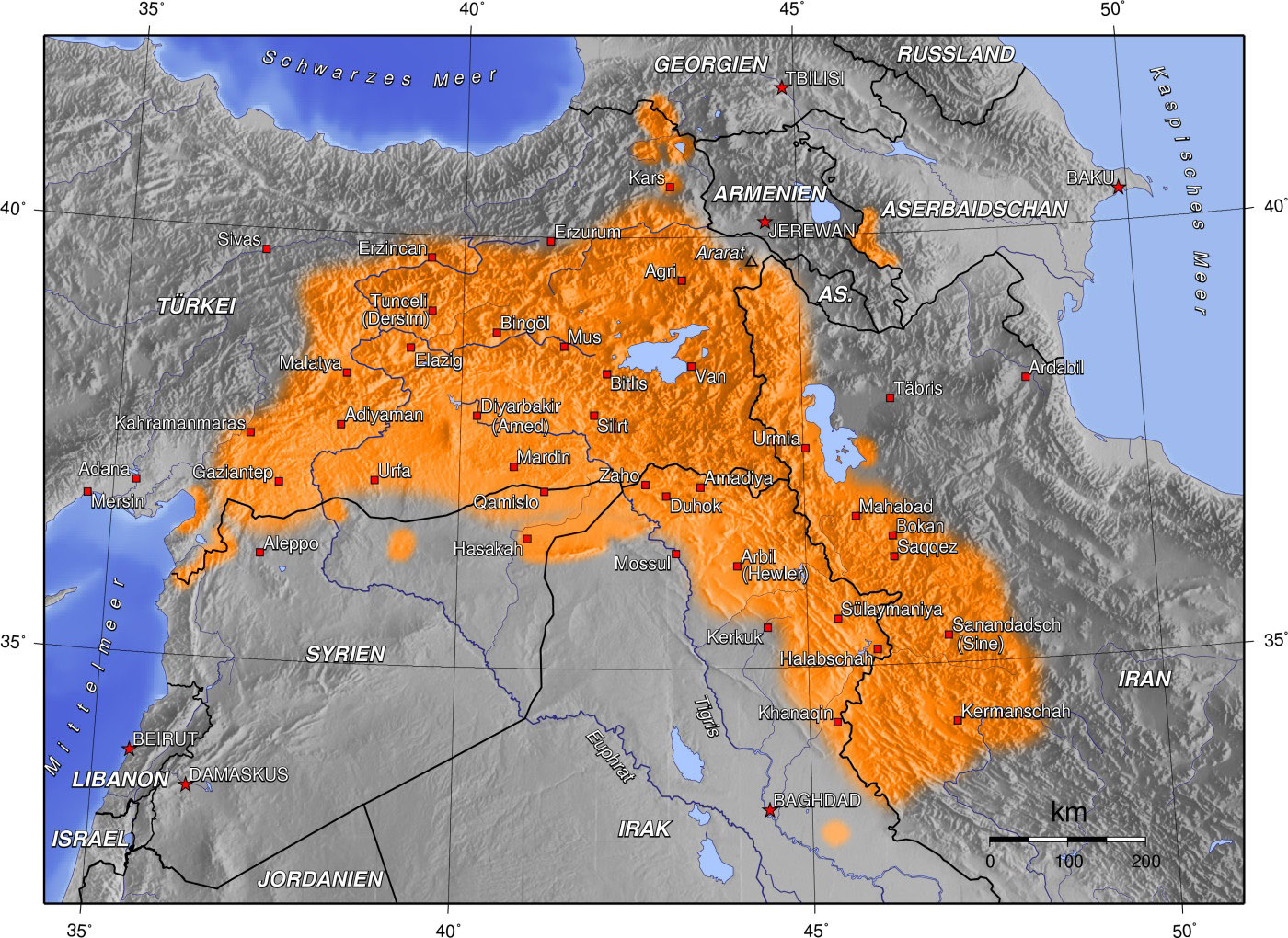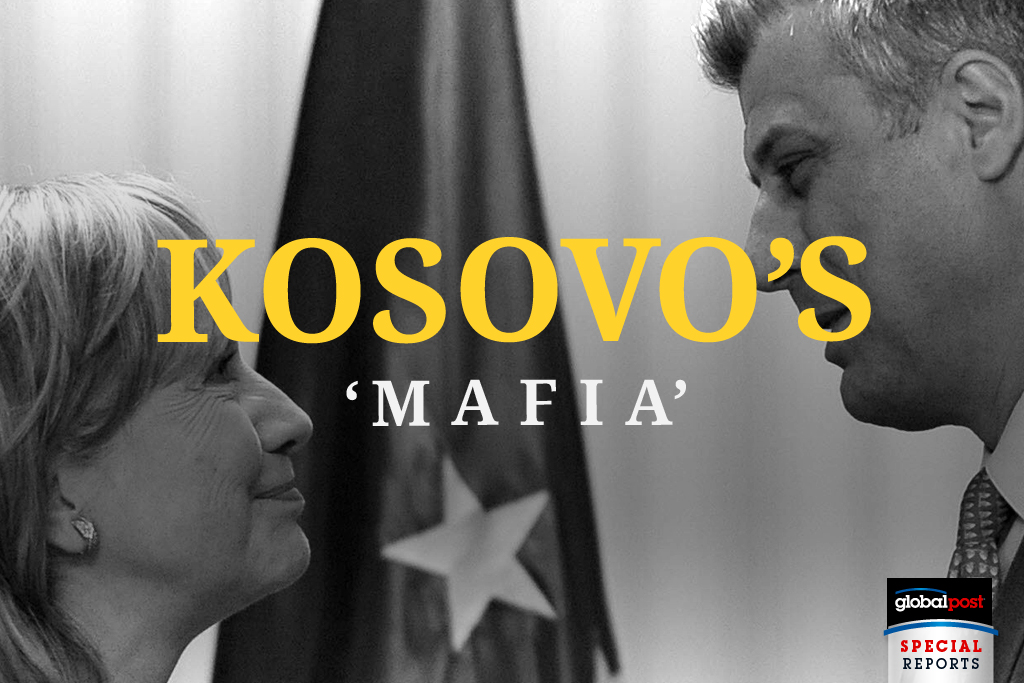
Views: 1416
In the article “Kurdistan – Turkey’s Kosovo” Prof. Sotirović compared different aspects of Turkish Kurdistan case to the Kosovo one, found some parallels and pointed out Turkey’s hypocrisy.
While Prof. Sotirović is right in his assessment that Turkey is hypocritical to say at least, he failed to expose the fundamental differences between Kurdistan and Kosovo. His article contains some inaccuracies, misinterpretations and lacks in detail. Such an imprecise comparison may lead a reader who is not familiar with Balkans to acquire a false impression. A reader might come to conclusion that Kosovo Albanians had experienced the same level of suffering and injustice as did the Kurds which later led them to rebellion. That would seriously mislead the readers.
To substantiate this view let’s point out few errors in the article in question.
Status of the minority
Stubborn reluctance of any kind of the Turkish government to recognize the Kurdish separate existence as the ethnic group of its own specific language and culture…
The Turkish rejection to recognize a minority status of the Kurds with granting a national-cultural or political autonomous status for Turkey’s Kurdistan…
Ankara’s discrimination and oppressive anti-Kurdish policy led finally to the establishment of the Kurdistan Workers’ Party (the PKK) in 1978 for the sake to fight for unrecognized the Kurdish minority rights“
Albanians were in a completely opposite situation. Its ethnic minority in Yugoslavia was recognized. Their language was recognized too. Albanians did have their ethnic state, Albania, while Kurds never enjoyed such privilege. Besides, Albanian minority had their own unique ethnic university in Kosovo since 1969 (no Western “democracies” have ever allowed its minorities to establish universities).
In 1974, to appease endless Albanian minority irredentism and their sporadic violence, the Yugoslav government carved out a part of historic Serbian land of Kosovo as Albanian autonomous province (this act can be compared to Khrushchev’s selfish donation of Crimea to Ukraine in 1954).
Nevertheless, Albanians, inspired by anti-Yugoslav circles in the West, renewed disorders in 1981 demanding federalization. Please take note that 1981 was long before strongman Milosevic appeared. In fact, Milosevic rose to power in 1989 promising people that he would put an end to Albanian violence in Kosovo.
So if we compare humiliated Kurds in Turkey and privileged Albanians prior to their insurgency in 1981, we must say the two cases are fundamentally different.
The bellicose component
… the KLA [Kosovo Liberation Army] – a typical terrorist organization as a replica of the PKK, the IRA, the ETA or the Hezbollah.
This is implicitly wrong. KLA is a paramilitary wing of deeply-rooted Albanian mafia (for better understanding of the history, nature and cultural background of Albanian mafia please read very insightful Jana Arsovska’s article “Gender-based subordination and trafficking of women in ethnic Albanian context. The upward revaluation of the Kanun morality” [Journal of Moving Communities, vol.6, No.1, May 2006]).
This new brand name, Kosovo Liberation Army, was coined for mere propaganda purposes. The intent was to give a false impression to the western audience that the US-backed project was actually a fight for someone’s freedom, which, if true, would be a legitimate cause. KLA (read Albanian mafia) was armed, trained, and injected into Yugoslavia by CIA. They still keep supporting it up-to-date in its citadel of Kosovo.
By contrast, the name of Kurdish Workers Party reflects the Marxist ideology of their leader. The name does not appear to have been fashioned to appeal to tastes of Western mainstream media propaganda consumers.
Number of victims
For the matter of comparison, during the Kosovo crisis in 1998−1999 both the West and the US saw the terror acts carried out only by Serbia’s government…
If we compare tens of thousands of obliterated and hundreds of thousands expelled Kurdish civilians in Turkey from 1978-present with the “terror acts carried out by Serbia’s government”, the picture will not be that impressive:
“One year later, the International War Crimes Tribunal, a body in effect set up by NATO, announced that the final count of bodies found in Kosovo’s “mass graves” was 2,788. This included combatants on both sides, Serbs and Roma murdered by the Albanian KLA as well…” (John Pilger, Reminders of Kosovo)
In addition, can any of the following terror-related facts justify the struggle for self-determination?
“Indeed, even as Blair the war leader was on a triumphant tour of “liberated” Kosovo, the KLA was ethnically cleansing more than 200,000 Serbs and Roma from the province. Last February the “international community”, led by the US, recognized Kosovo, which has no formal economy and is run, in effect, by criminal gangs that traffic in drugs, contraband and women. But it has one valuable asset: the US military base Camp Bondsteel, described by the Council of Europe’s human rights commissioner as “a smaller version of Guantanamo” (John Pilger, Don’t Forget Yugoslavia)
For the matters of accuracy, we should also remark that the state in 1999 was Yugoslavia, and not Serbia.
Guests on the land
… [Kurds are] the oldest population in Turkey living in Anatolia almost 3.000 years before the first (Seljuk) Turks came there at the end of the 11th century.
Opposite is the case of Kosovo Albanians. According to a Turkish census made in Kosovo in 1455 (!), there were 13,000 Serb households and only 46 Albanian there.
Since Kovoso Albanians obtained factual “independence” in 1999, they are busy desecrating, detonating and turning into rubble the unique medieval Serbian churches and monasteries throughout Kosovo. Only four of many Serbian monasteries in Kosovo are included in the UNESCO World Heritage list, but they are still endangered despite kind of protection from the international peacekeeping forces. Hundreds of other Serbian cultural sites there are subject to total elimination due to barbaric Albanian “self-determination”. In this sense Kosovo should be compared not to Kurdistan, but Daesh/ISIS.
Originally published on 2016-03-28
Author: Elena Bekic (Serbia)
Source: Oriental Review
Origins of images: Facebook, Twitter, Wikimedia, Wikipedia, Flickr, Google, Imageinjection & Pinterest.
Read our Disclaimer/Legal Statement!
Donate to Support Us
We would like to ask you to consider a small donation to help our team keep working. We accept no advertising and rely only on you, our readers, to keep us digging the truth on history, global politics, and international relations.
FOLLOW US ON OUR SOCIAL PLATFORMS










